
And why not? Not only do they reduce frictive energy loss and free up space, the tech can be integrated into many different platforms including electric vehicles (EVs), hybrids and fuel cell vehicles (FCV) and they can be installed in something as light as a bicycle or as heavy as a bus. Chances are you'll see an in-wheel motor in action sometime in the near future. Get ready by reading more after the jump.
*Updated with great video of Michelin Active wheel in action.
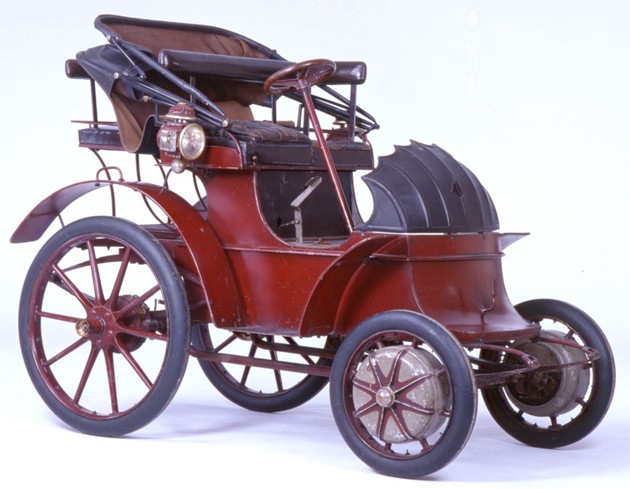
History
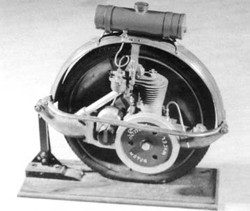
The video meant to be presented here is no longer available. Sorry for the inconvenience.
How they work
The most basic design is a rather simple integration of an electric motor into the hub of the wheel. When power is applied to the stationary coils on the inside of the wheel, an electromagnetic field is generated and the outer part of the motor attempts to follow it and turns the wheel to which it is attached. The Siemens eCorner (video above) and Michelin Active Wheel don't stop with just the motors and also incorporate suspension and other goodies.
Pros & Cons
As we mentioned before, placing the motor in the wheel allows for a simpler drivetrain and reduces energy losses from all the expurgated bits. With all that bulk removed, designers are less constrained, because they don't have to accommodate awkwardly-shaped mechanicals, and can concentrate on aerodynamics and aesthetics. Another benefit is control. Not only can wheel spin can be eliminated but, given a sophisticated computer controller, relative wheel speed can be managed too. When a car is in a turn, every wheel wants to turn at a slightly different rate, causing a loss of traction. If the individual speeds are properly managed, handling and grip should improve.
Not that the hub motor is perfect. One of the traditional shortcomings has been its hefty addition to unsprung weight, so-called because it is not supported by the suspension of the vehicle. This can degrade handling and ride quality. The better, more recent products address this issue somewhat by including dampening and lighter, innovative designs but it is still a concern that needs attention. Another shortcoming is cost. Having two, or in some cases four, state-of-the-art mobilizers can add greatly to the cost of your vehicle, not to mention an increased vulnerability to unfriendly outside forces (i.e., curbs and other cars). Finally, there is the question of durability. Being so close to where the rubber hits the road in an unsprung manner means in-wheel motors need to be able to soak up some pounding. Each manufacturer will have to prove itself when it comes to ticking vs. licking.
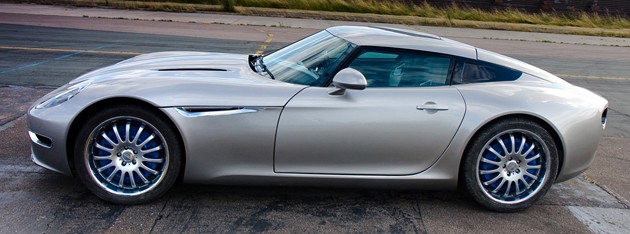
Examples of integration
While still it may still be early to declare that in-wheel motors will take over the world, there are several vehicles which use or plan to use this tech. The first that comes to mind is the Vectrix Maxi-scooter. Although the company has recently filed for bankruptcy, the performance of their in-wheel motor is not to blame and owners often boast of the acceleration of their machines. Another impressive machine bound for buyers next year is the Lightning GT. This luxo-sport beast boasts a 0-to-60 time of four seconds and uses the same Hi-Pa Drive wheels used in a certain hybrid MINI prototype and the Volvo ReCharge concept. The company behind that product, Protean Electric, has its own retrofitted all-electric Ford 150 to showcase the Hi-Pa Drive motors.
Another wheel-motor worth looking at is the Michelin Active wheel. These should arrive nicely packaged in the Venturi Volage as well as a more humble Heuliez-constructed affair. If Bee Automobiles follows through on announced plans, they have a promising design licensed from Oxford University intended for a hill-climbing race car as well as a city car, the Bee One.
While it remains to be seen how popular they ultimately become, in-wheel motors have come a long way in the past 20 years and should be around in at least some green motoring applications in the near future. If you can think of any we may have missed, please let us know in the comments section below.
The video meant to be presented here is no longer available. Sorry for the inconvenience.

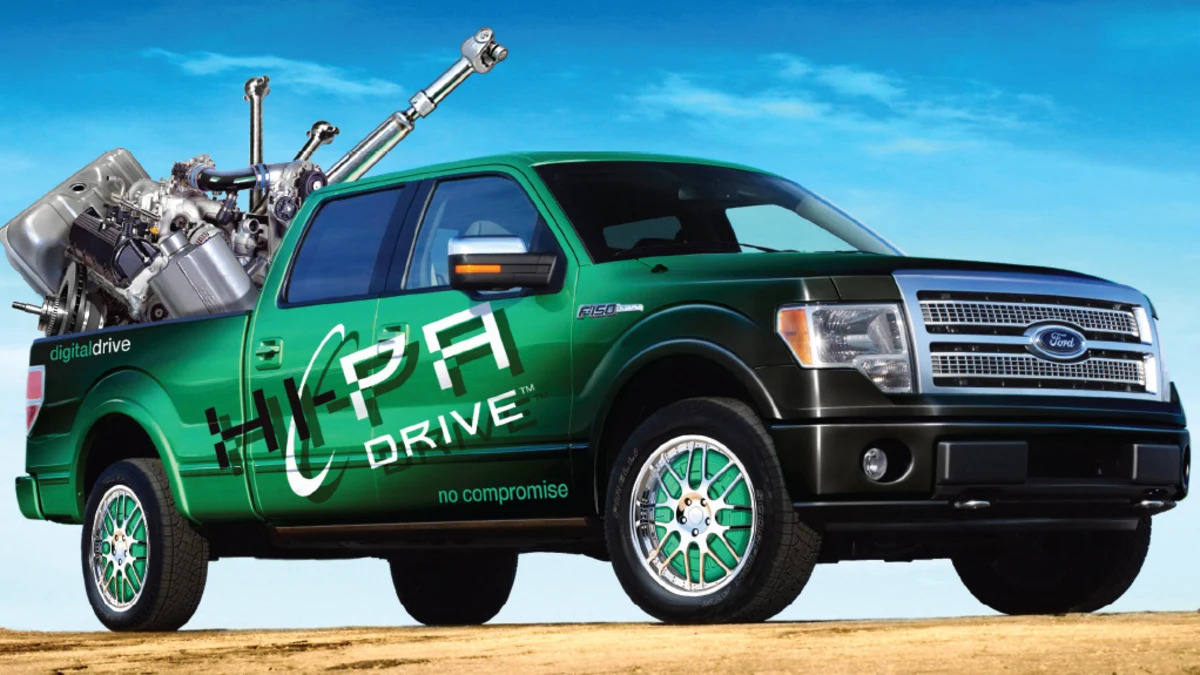
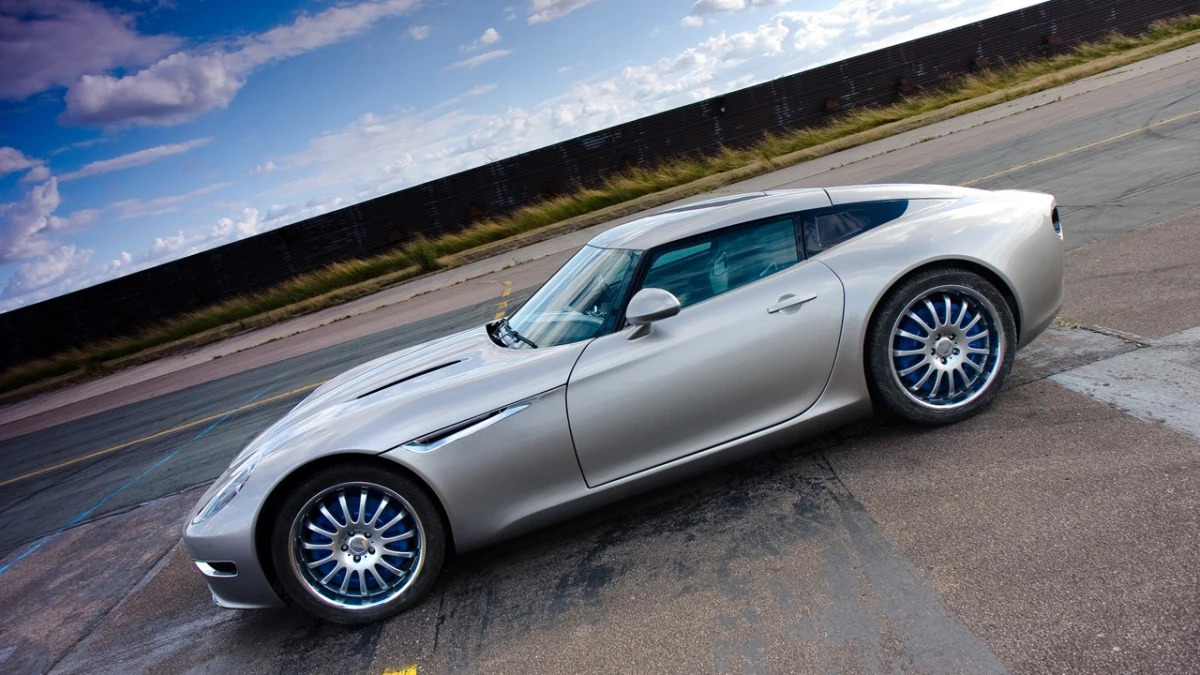


Sign in to post
Please sign in to leave a comment.
Continue